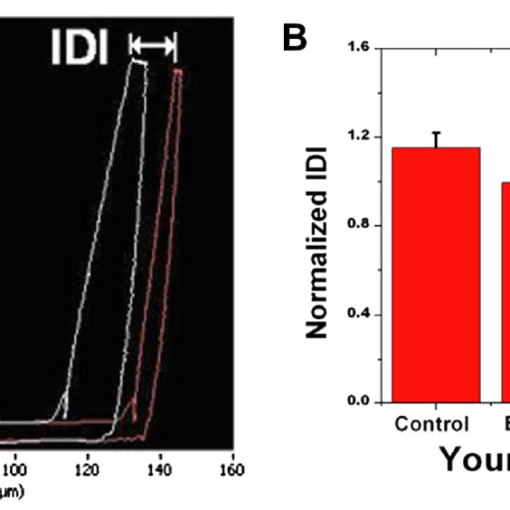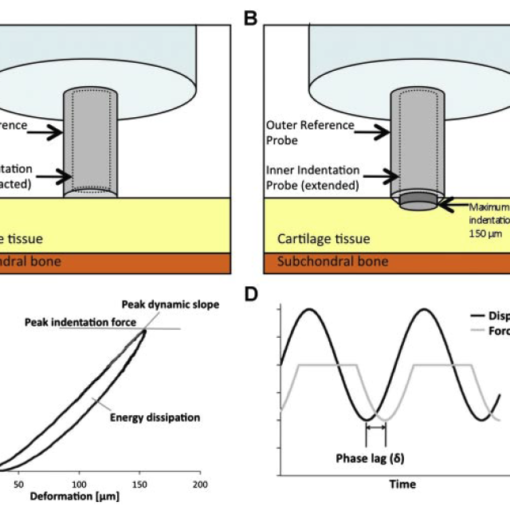Abstract
Tissue-level mechanical properties characterize mechanical behavior independently of microscopic porosity. Specifically, quasi-static nanoindentation provides measurements of modulus (stiffness) and hardness (resistance to yielding) of tissue at the length scale of the lamella, while dynamic nanoindentation assesses time-dependent behavior in the form of storage modulus (stiffness), loss modulus (dampening), and loss factor (ratio of the two). While these properties are useful in establishing how a gene, signaling pathway, or disease of interest affects bone tissue, they generally do not vary with aging after skeletal maturation or with osteoporosis. Heterogeneity in tissue-level mechanical properties or in compositional properties may contribute to fracture risk, but a consensus on whether the contribution is negative or positive has not emerged. In vivo indentation of bone tissue is now possible, and the mechanical resistance to microindentation has the potential for improving fracture risk assessment, though determinants are currently unknown.
https://www.ncbi.nlm.nih.gov/pubmed/27263108
Curr Osteoporos Rep. 2016 Aug;14(4):138-50. doi: 10.1007/s11914-016-0314-3.



